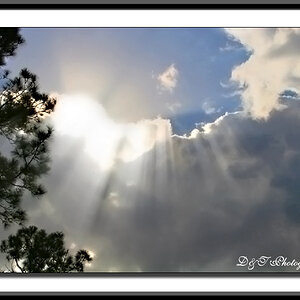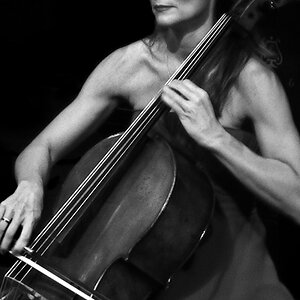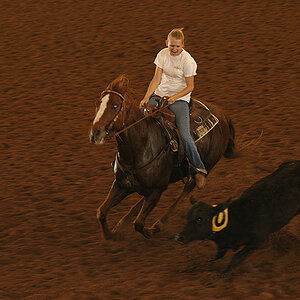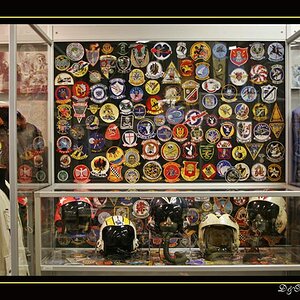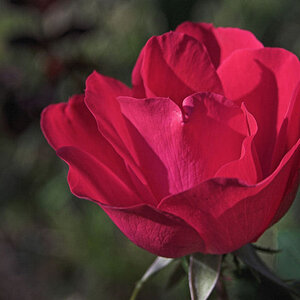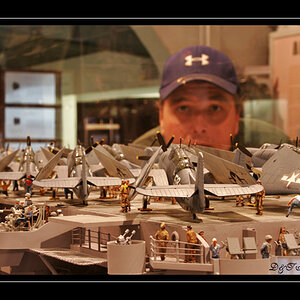ArntorFTL
TPF Noob!
- Joined
- Jun 7, 2008
- Messages
- 32
- Reaction score
- 0
- Can others edit my Photos
- Photos OK to edit
Shot with a Sigma 18-50 2.8 Macro without any UV or other filter on. This is my first time shooting at night with it and the flare, obviously, is just unacceptable. And the flare in these shots was actually quite tame compared to some of the others I took. Is this about right for this lens? Is there anything I can do to reduce the flare? I like shooting at night and am kind of mad I just got rid of my cheapo Nikkor 18-55 3.5-5.6 that didn't have any problems of this sort shooting at night.
By the way, these shots are tests more than anything so exposure/white balance/etc. wasn't a priority.
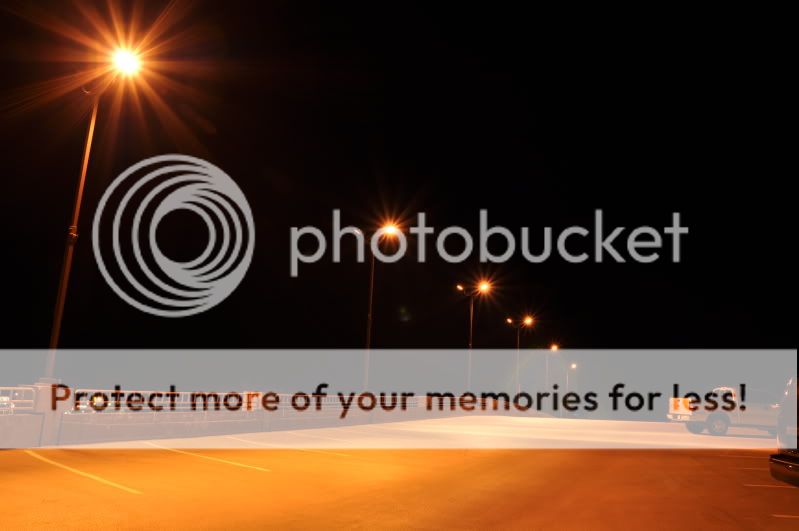
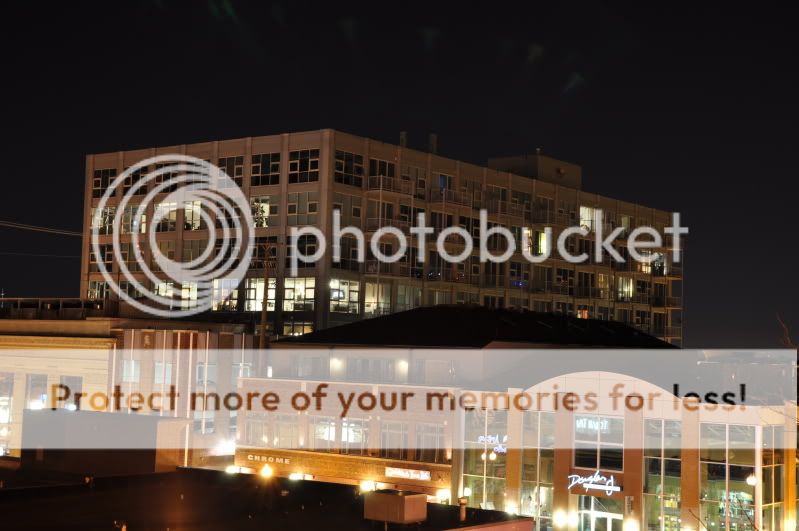
By the way, these shots are tests more than anything so exposure/white balance/etc. wasn't a priority.




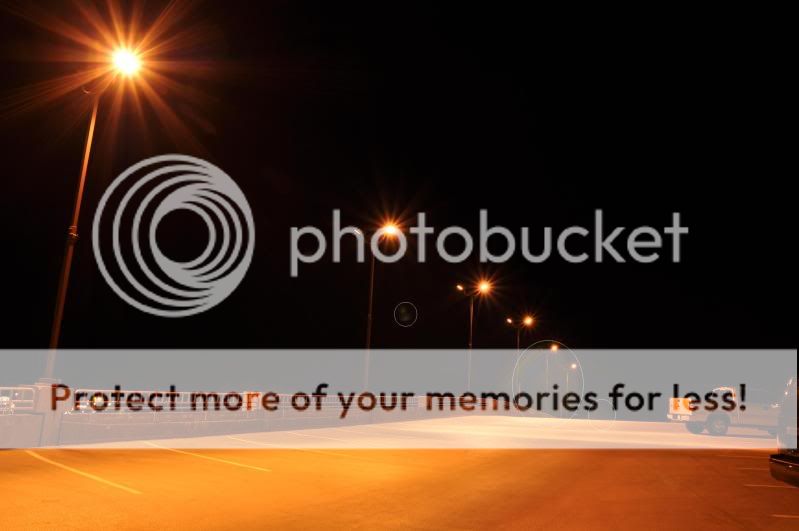
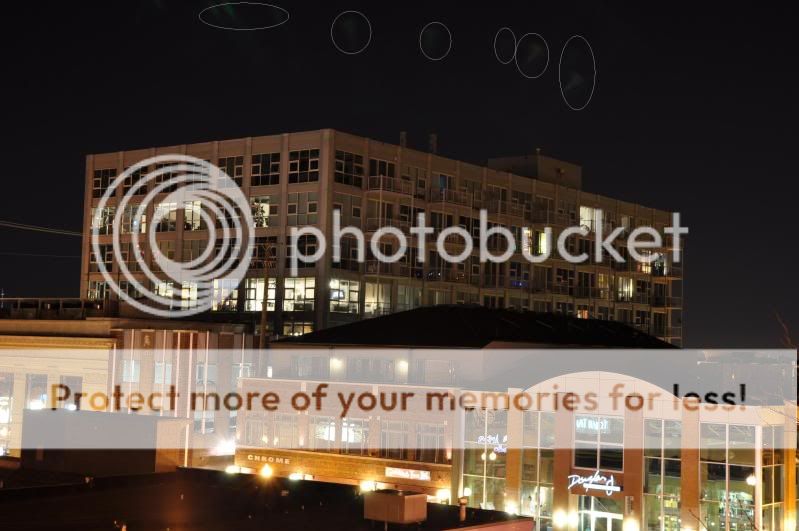
![[No title]](/data/xfmg/thumbnail/32/32638-22cfef06fc91cb3aee39b7b55c36198d.jpg?1619735555)
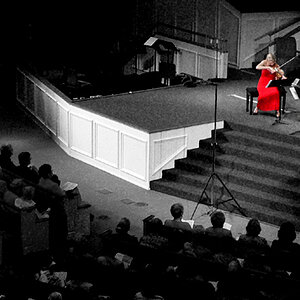

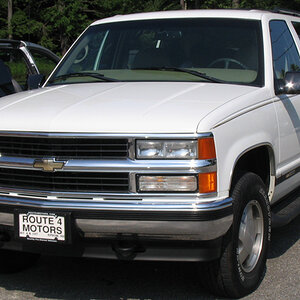
![[No title]](/data/xfmg/thumbnail/32/32639-1358bee897449f9a4a38676097b475d5.jpg?1619735555)
